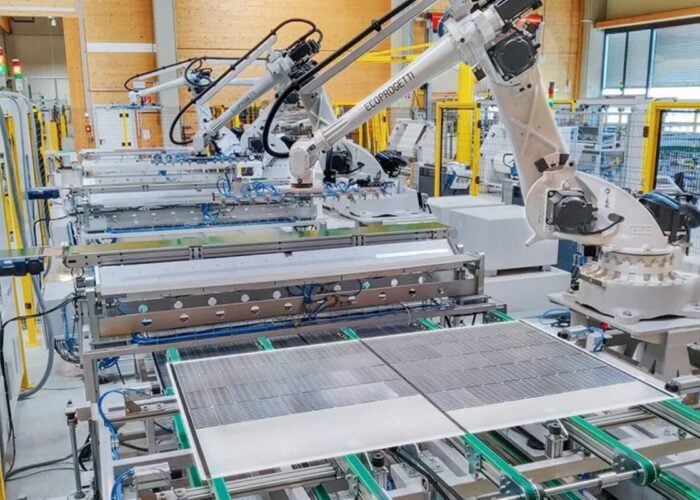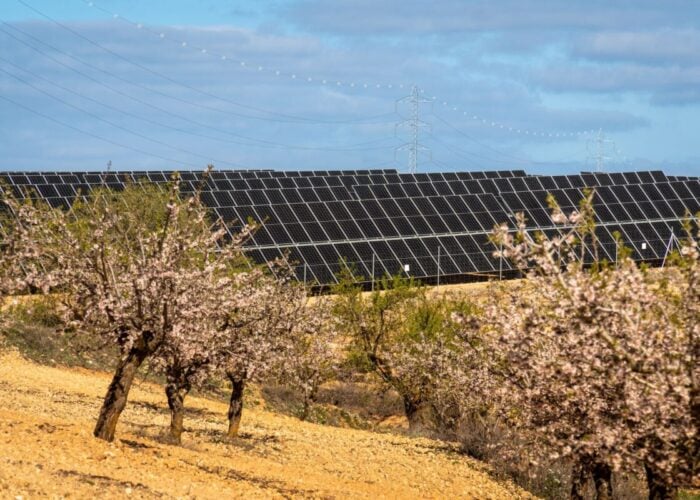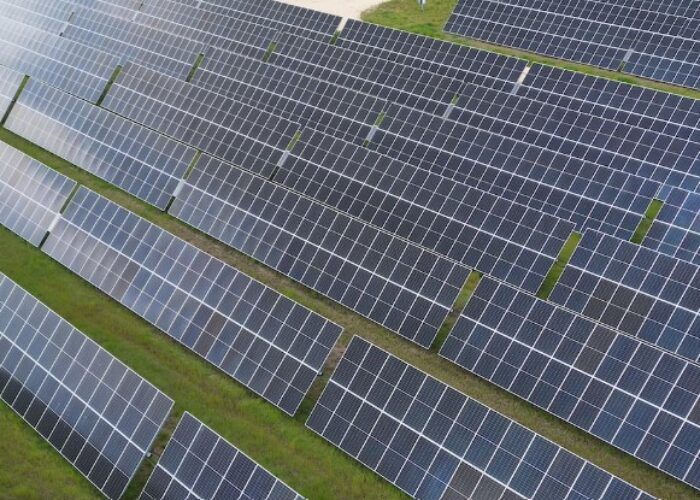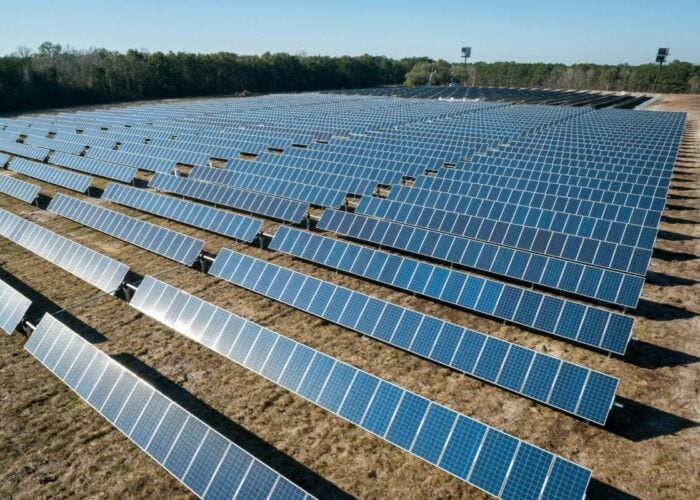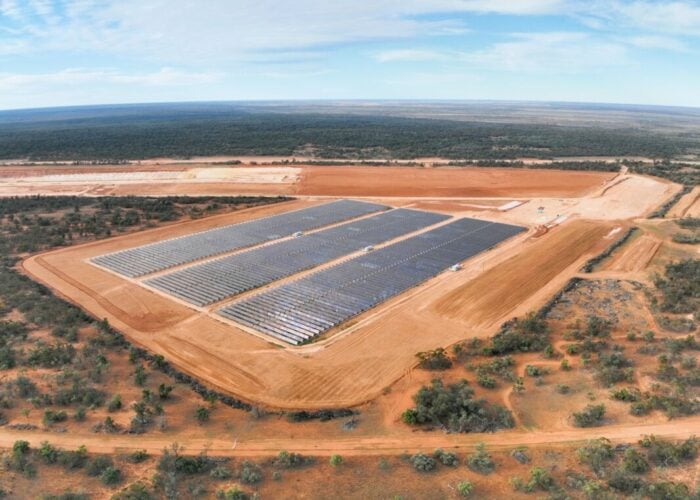
PV project development in Italy has lately become something of a rollercoaster ride. Since last year, Italy has seen a fair share of new legislation passed, some of which has been disputed and is still awaiting a final decision, creating complexity and uncertainty. Meanwhile, a new government decree, FER X, will introduce a 20-year contract for difference, offering a possible lifeline for the development of solar PV in the country.
Last year, the Italian Ministry of the Environment and Energy Security passed two pieces of legislation – the ‘suitable areas decree’, which aimed to establish national guidelines and criteria for regions regarding suitable areas to develop renewables and the DL Agricoltura, which banned solar ground-mounted solar PV projects on agricultural land in favour of advanced agrivoltaics systems – both of which were overruled in May of this year. An Italian court partially cancelled the suitable areas decree, while questioning the legality of the agricultural decree.
Try Premium for just $1
- Full premium access for the first month at only $1
- Converts to an annual rate after 30 days unless cancelled
- Cancel anytime during the trial period
Premium Benefits
- Expert industry analysis and interviews
- Digital access to PV Tech Power journal
- Exclusive event discounts
Or get the full Premium subscription right away
Or continue reading this article for free
Among the parts that were questioned was the fact that the national decree delegated the legislation of what was considered suitable land to build renewables to the regions, which is currently what is happening due to the national decree no longer being valid.
The decision from the Regional Administrative Court in Lazio in May had given the central government 60 days to come up with a new decree, which the government ended up challenging, with a hearing date set for last month.
“This is literally the worst possible outcome, because they could have just published the decree with those bits removed. Instead, they’re clearly working on something else. We’ll see what they come up with, but they basically just extended the uncertainty,” explains Patrizio Donati, co-founder and managing director at independent power producer, Terrawatt.
Suitable at the national level, but not the regional one
The uncertainty looks set to continue for longer than expected, as the government withdrew its challenge of the Lazio TAR ruling that was set for 26 August, while a date for the publication of the new decree has not been set yet, which means that, currently, regional decrees are the ones setting the tone.
Until there is a new national decree, therefore, developers will have to follow the decrees set by each region, which can be very restrictive in some cases.
Donati gives the example of the decree in the southern Italian region of Abruzzo, which states that any agricultural land receiving incentives from the European Union cannot be considered a suitable area to build solar PV. Projects being built in the region that were once considered valid under the national description can no longer proceed because the region has decided to restrict the rules.
“Until the government officially acknowledges that this decree is no longer valid and issues a new one, this framework stays. And so now we’re caught in this limbo where we have these projects that, at the national level, are suitable areas, but at the regional level are not suitable areas. We’re literally just frozen until the region moves to either repeal their suitable areas or the new national areas decree comes out,” explains Donati.
However, some of the region’s decrees have been challenged, says Donati. For example, the island of Sardinia aimed to set a seven-kilometre buffer zone that would have made it impossible to develop any renewable energy project. This decision ended up being overturned.
FER X’s contract for difference
Despite the ongoing uncertainty regarding the legislation, developers cannot sit idle and wait until a resolution has been reached.
“Things are changing so much that basically people are trying to stick to whatever it is that they can do at that moment and try to get those projects over the line, because then you just end up otherwise holding a portfolio of projects, which you then have contracts with the landowners that end up expiring,” says Donati, adding:
“If you wait for good weather in London, you’re never going to go out. In fact, what happens in London? You go out even if it rains. You just cover yourself and make it work. That’s basically what operators are starting to do here.”
Despite all the ongoing legislative hurdles, Donati is optimistic about the FER X Transitory decree, which was written by the Italian Ministry of Environment and Energy Security and came into force in February 2025. The decree aims to introduce a 20-year contract for difference (CfD), and Donati says it is a “great example” of how the government can help support the development of renewable energy projects in the country.
Held by Italy’s energy management agency Gestore dei Servizi Energetici (GSE), the first such tender received a combined 17.5GW of proposed generation capacity for solar PV. The government set a threshold of up to 8GW available to be awarded, while the minimum threshold is set at 600MW. The minimum threshold would represent nearly a twofold increase in the capacity awarded by each of the previous two auctions held in Italy for utility-scale.
Complexities of developing agriPV
As much as interest in agrivoltaics has been growing globally, with many countries embracing the dual use of land for agricultural purposes and solar PV, in Italy, things have become much more complicated than necessary.
Donati explains that in order for an agriPV project to go ahead, the developers need to demonstrate that installing solar panels on agricultural land will generate an equal or increased yield for the next three decades compared to before the solar plant was installed. “Honestly, that’s too risky at this point,” he says.
He adds that implementing sheep grazing is an agriPV solution that is manageable and also prevents compromising on either the agricultural land or the solar part of an agriPV project. The issue is more about the fact that a PV project needs to guarantee that the agricultural land will be the same or of a better yield after 30 years, especially given how much the climate has changed and will change in the future.
Donati would welcome a change in the DL Agricoltura framework where it would no longer make it compulsory to develop agriPV projects on agricultural land, but rather make it optional, due to the legal obligations that can carry for a developer.
“The point is that we have certain projects where it makes sense to do an agriPV. We’re happy to do those, and we’re pursuing those. But then, in other projects where it is more forced, it becomes a risk,” adds Donati.
Grid speculation
Another ongoing challenge for developing renewable energy projects in Italy is what the Italian government calls a “virtual saturation” of the grid due to the relative simplicity of applying for a grid connection.
“What this means is that a lot of operators will speculatively give grid connection or obtain grid connections, which they don’t necessarily have any intention of authorising, or maybe they do. There’s no real way of knowing, because there’s no pressure on the operator to do something with their connection,” explains Donati, adding: “Italy is one of the few countries that does it in this order, where you first have to secure the grid connection, and then you get authorised.”
And the problem is not going away, considering how much capacity from renewable energy is applied for grid connection. At the end of July 2025, the Italian transmission system operator Terna had nearly 350GW of renewables grid interconnection requests in the queue. Nearly half of these requests – 155GW worth – were from solar PV.
“The problem is that all of these requests and all of these confirmed requests block the network,” says Donati.
“If I actually have a project that I’m actively wanting to develop in that area, and I request that connection, then that basically means that Terna will say to me, sorry, you can’t connect there. You have to go and connect further. And they’ll start to make plans to develop a whole new grid, a whole new substation, whole new everything, but that project over there might never actually get done.”
However, Donati says that this could change in the future thanks to a decree that aims to change how grid connection is currently handled.
“It’s not clear what form this is going to take, but they’re basically going to try to find a way to force people to either move forward with their connections or give them up in order to release some of this saturation.”
Patrick Donati will be speaking at Large Scale Solar Southern Europe on 16-17 September 2025, in Athens, Greece. The event will cover key topics such as grid, co-locating energy storage or investment in Greece, Italy and the Balkans. Full details on the event are available here.


